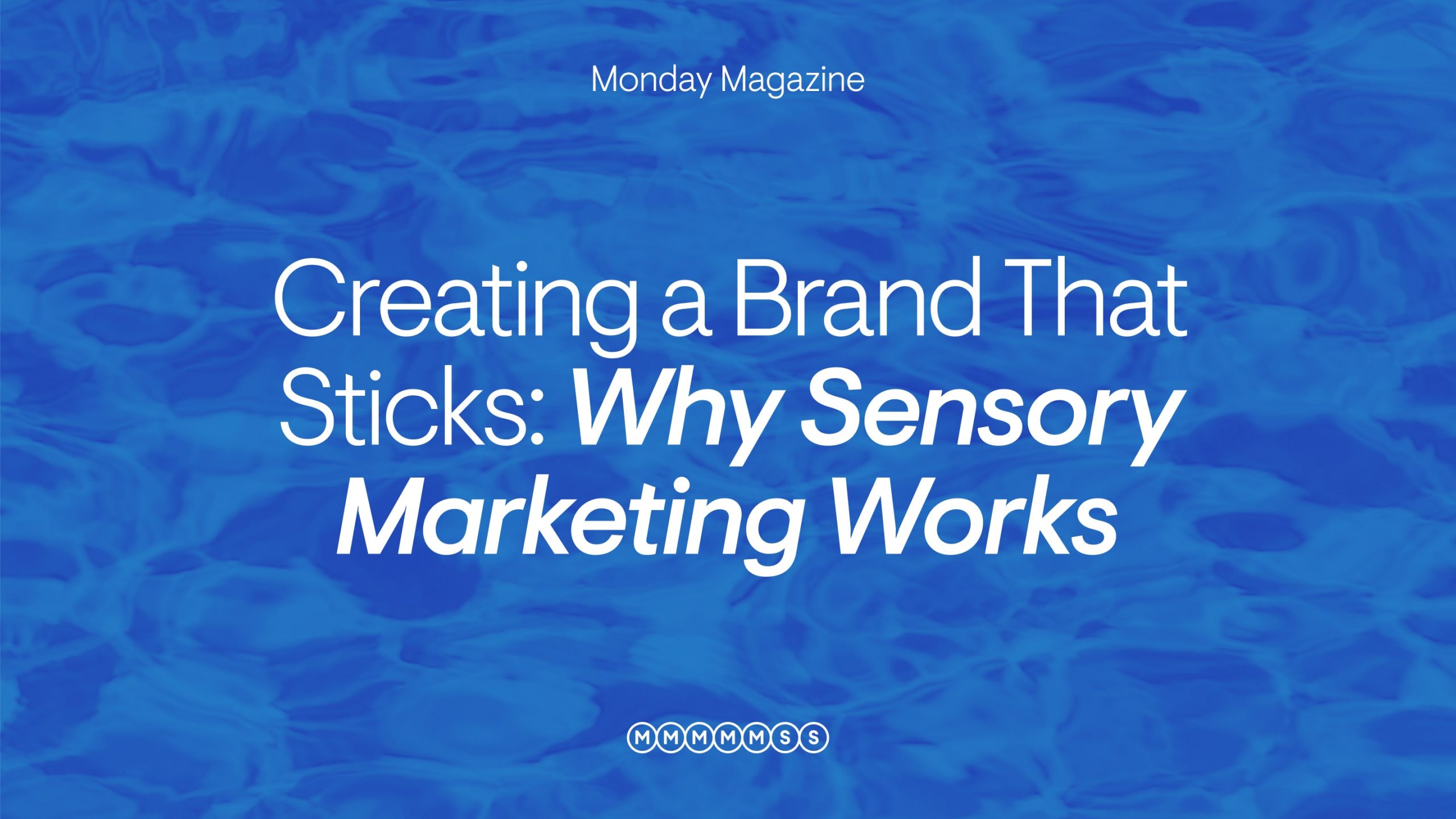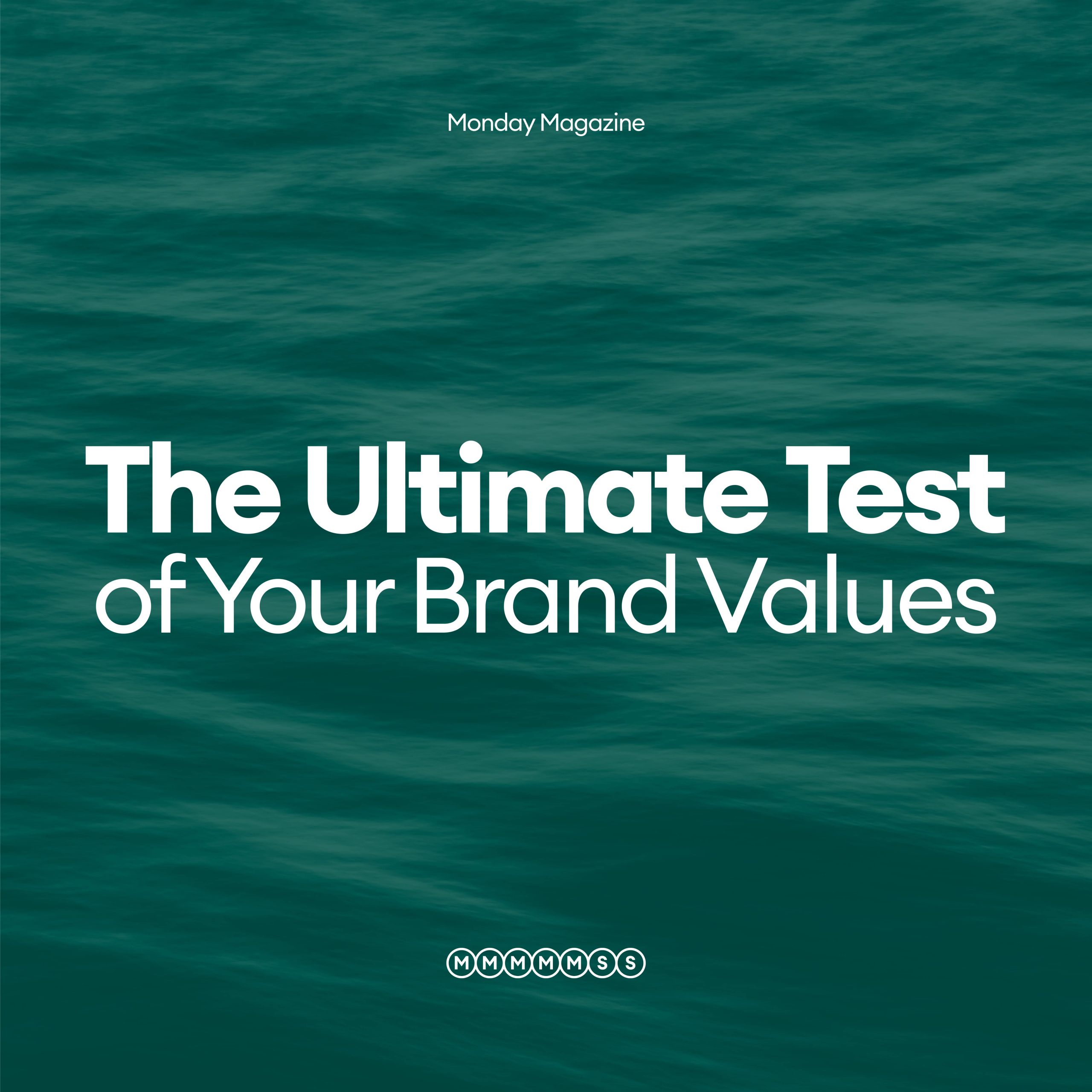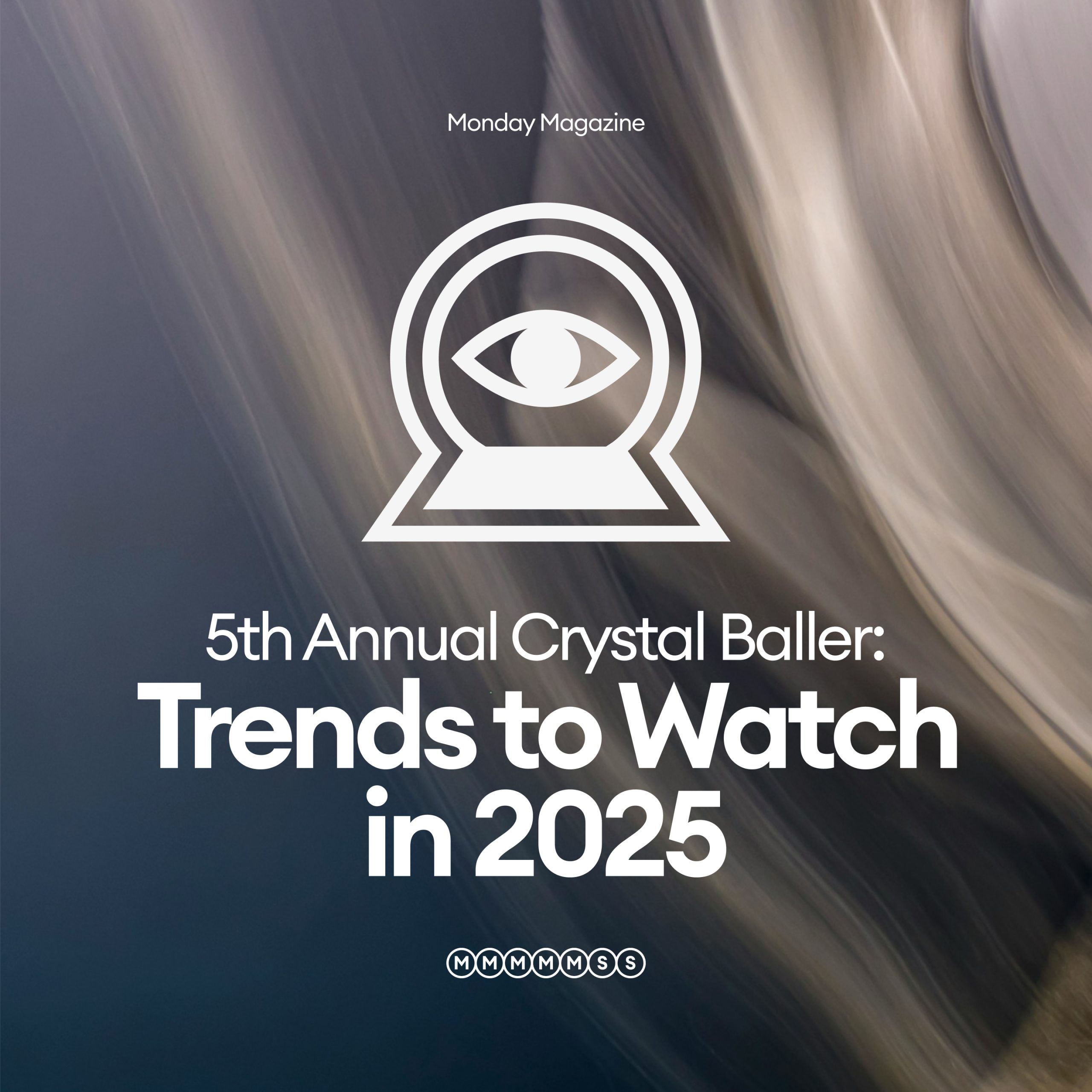The most viral marketing campaigns in the past year have one thing in common: sensory stimulation. Whether brands are making us nostalgic, hungry, or happy, they’re sparing no creative expense to get our attention. Brand loyalty is valuable, but I’m noticing that sensory experiences are what truly create lasting brand memory—meaning customers feel connected to your products on a deeper level. The good news? Even though sensory marketing is everywhere in industries like beauty and hospitality, any brand can implement a sensory marketing strategy. Let’s dive in—these are my favorite approaches to three key senses: touch, sound and scent.
1. Touch: Making marketing tactile
The first interaction with your product matters—that’s why the moment a customer picks up your product, you need to consider what it will take to ensure they don’t put it down. I’m talking about packaging, which is often a missed opportunity to engage your customer in a tactile way. According to this study, touch leads to “increased perceived ownership, and this increase… then leads to an increase in valuation of an object, if the object provides neutral or positive sensory feedback.” Put simply: re-evaluate how your packaging feels in the hands of a consumer, because it can make all the difference from browsing an aisle to actually checking out with the product in hand.
Here are some key elements to consider if you want to maximize the packaging experience:
- Material: What is your product trying to say, and is your packaging material doing it justice? For example, if you’re selling premium tea, picking up a package that feels smooth, soft or slightly embossed in the supermarket would be more likely to communicate that quality than a flimsy lightweight paper box.
- Ease: How simple is it to open and interact with your product? Enabling easy access to unbox or use it right away retains that sense of ownership for a new customer.
- Aesthetic: Does your product look “good” in someone’s home? Does it blend in effortlessly or stand out subtly? Evaluating the company you’ll keep on your customer’s countertop, closet or room can help you see how to elevate the look and feel of your product.
- Copy: The words on your packaging matter just as much as the aesthetic and materials. To hone in on how your product interacts with the body, bring texture and touch into your product copy. For example, if you’re selling sunscreen, talk about how it might feel buttery-soft, smooth, nourishing, weightless and *not* sticky—those little details could be all it takes to convince the customer.
2. Sound: Taking a creative approach to brand loyalty
Music is inherently linked to memory and emotion, which is why we can hum along to songs that we last heard years ago and still remember the lyrics. It’s also an unlock for brands to have even more fun with their marketing. Take Barilla pasta, for instance—each pasta in their line has its own curated Spotify playlist so your cooking is perfectly timed for pasta to be al dente by the end of the last song. Now, imagine making your family’s favorite penne dish and putting on that music. The chances are, you’ll keep choosing Barilla week after week because it’s become a part of your routine, memory and experience. It’s an easy and effective way to engage customers—and it doesn’t take much for your brand to do the same.
Here are some ways you can incorporate sound into your marketing strategy:
- Photographing a new collection for your product? Create a playlist for your shoot day and share it with customers when the collection drops as part of your marketing campaign. You’ll transport them to the state of mind and inspiration that guided the shoot, and they’ll feel part of the process.
- Want to increase the fun factor on your website? Look no further than the “Vibe Generator™” on Vacation Sunscreen’s website for inspiration (just point to their Menu to find it!). This easy yet memorable feature lets you toggle between varying levels of ocean breeze, steel drums, tropical birds and beach bar sounds as you shop—the perfect way to set the mood and elevate the customer’s experience when they’re shopping online.
- Got a personality-forward founder? Tap into their Spotify archives and share their playlists with your audience—whether it’s the songs they use to get in the zone to work, workout or host a house party. Your customers will feel connected to them on a whole new level, especially if they resonate with their music or distinctive taste.
3. Scent: Elevating the retail customer experience
Of all the senses, scent is our strongest tie to memory. Ever wondered why all Subway sandwich shops smell the same? Or why you’re always drawn towards an Apple store? They’ve all got a signature or ambient scent working for them in the background. (Apple’s is green apple and mint, by the way.) A study conducted by Nike showed that customers were 84% more likely to purchase shoes in a room with a pleasant scent, compared to no scent at all, and were willing to pay 10-20% more. But you don’t need to break your budget crafting a signature scent—you can take a note from these brands:
- Leverage visual storytelling. When your art direction is so good that you can *practically* smell it, you don’t even need to worry about making it happen IRL. Look to brands like Rhode and Jacquemus who lean on food and texture in their marketing campaigns (and leave viewers feeling ravenous).
- Implement an ambient scent in retail stores. Consider the emotion you’d like to evoke in your customers and choose a simple, pleasing aroma accordingly. For example, if you want customers to feel relaxed, lavender is a natural choice. If you want to boost energy, a citrus-y scent like lemon or grapefruit will do the trick. Want to get people outdoors? Bring it indoors with woody notes like cedar or pine. Feel free to think outside the box, too: I love how stores like Aesop get creative by creating “sidewalk tea”—adding a couple of drops of scented lotion in a cup of hot water, and pouring it onto a slab of concrete right outside the store. Once that water evaporates, the scent draws people in and converts them into customers.
- Create memory pathways. Take inspiration from the Waldorf Astoria Amsterdam, which offers guests the choice of a custom scent to spray when they arrive at check-in. Upon check out, they have the option to purchase a candle that shares the same scent to remember the trip—and you can bet that this leads to repeat bookings. If you’re hosting an in-person activation or event, consider investing in a custom candle, scented stickers or even a small packaged food product as goodies for folks to take a piece of the experience home with them.
Feeling inspired to create your own sensory marketing campaign? Let’s run.
Want to implement a sensory approach to your brand strategy? Our team is a wealth of ideas and creativity. Say hi here.







